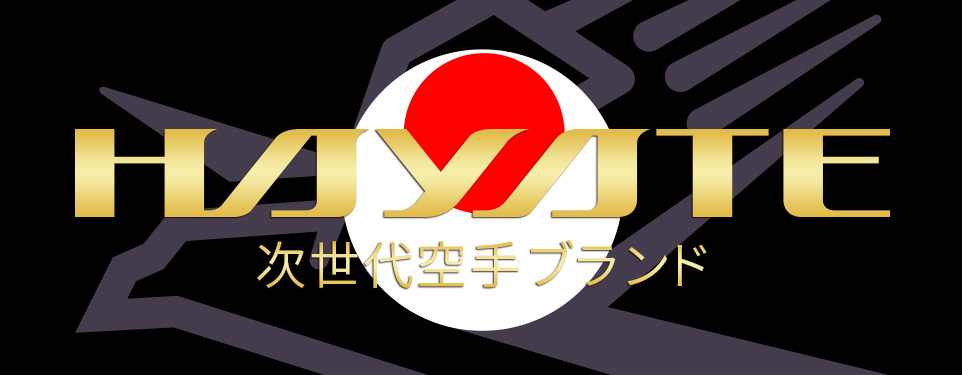12: What is Budo? 【Kusahara Katsuhide, Chairman of JKA 】
Okinawa karate, introduced to the mainland by Gichin Funakoshi, later became karatedo and is now positioned alongside judo and kendo as a Japanese budo (martial art).
So what is budo? One might think that budo is an old word that has been in use for a long time, but in fact, it is a term that came into wide use after the end of the Meiji period (1868-1912). Strictly speaking, the term budo also existed in the Edo period, but it was more akin to what we now call bushido (way of warrior). Budo, in the sense used today, is a new term that appeared after the end of the Meiji period, i.e., in the 20th century.
As you all know, children of Edo period samurai were required to learn martial arts such as jujutsu, kenjutsu (swordsmanship), soujutsu (spearmanship), kyujutsu (archery), and bajutsu (horsemanship) if they were boys. For women, it was naginata (polearm). The Japanese budo were born from this respective bujutsu, or a martial art.
After the Meiji Restoration, when the warrior class was dismantled, martial arts the samurai favored to pursue became a relic of the old era, and almost no one wanted to learn them anymore.
However, by the mid-Meiji period, there was a movement to re-evaluate the traditional Japanese philosophical culture, partly as a reflection of the extreme Westernization that had taken place up to that time. In this context, Sensei Jigoro Kano, who had studied jujutsu, wanted to incorporate it into physical education at schools. He combined modern sporting concepts into the jujutsu he had studied up to that point and began teaching it under the name “judo” so students could practice and compete safely.
Later, after the Sino-Japanese and Russo-Japanese wars, the effectiveness of jujutsu and kenjutsu in training young people’s minds and bodies came to be widely recognized, and they were finally accepted as a regular part of middle school gymnastics classes. The names of these disciplines were changed from jujutsu to judo and from kenjutsu to kendo.
Thus, the martial arts of the Edo period, which had temporarily fallen into disuse in the Meiji era, were systematized under the influence of new modern sports, and safe practice and competition became possible. It then came to be called budo.
The “Budo Charter” established by the Japanese Budo Association states that budo, “the Japanese martial ways, have their origins in the age-old martial spirit of Japan. Through centuries of historical and social change, these forms of traditional culture evolved from combat techniques (jutsu) into ways of self-development (do).” It also specifies the purpose of budo as follows: Through physical and mental training in the Japanese martial ways, budo exponents seek to build their character, enhance their sense of judgment, and become disciplined individuals capable of making contributions to society at large.
From this, it can be said that the primary characteristic of budo is to seek “to build their character, enhance their sense of judgment, and become disciplined individuals through physical and mental training.” While based on traditional martial arts, budo has developed from jutsu to do based on the bushido tradition.
The second characteristic is that it “has systematized techniques and training methods.” Since practicing martial arts in the old way was dangerous, it incorporated modern sporting concepts to ensure safe training and matches.
The third characteristic is that it aims to “improve one’s character.” The purpose of budo is not to defeat the opponent. It is to train one’s mind and body to become a person who “conquers themselves.”
Karate, introduced to the mainland from Okinawa in 1922, also became a part of budo with the backing of Sensei Jigoro Kano. Therefore, the three characteristics of budo mentioned above are also characteristics of karatedo. Ultimately, karatedo also aims to “seek perfection of character,” as stated in the dojo-kun.
Karatedo spread primarily among university students. However, because of its short history as budo and not being adopted as a regular subject in middle schools and other schools, it did not spread as widely as judo or kendo before World War II.
However, as the Japan Karate Association was founded after the war with Sensei Gichin Funakoshi as its chief instructor and that the number of karate clubs at universities increased, people who had trained in these clubs began to open dojos and taught karate in various regions, leading to its popularity.





